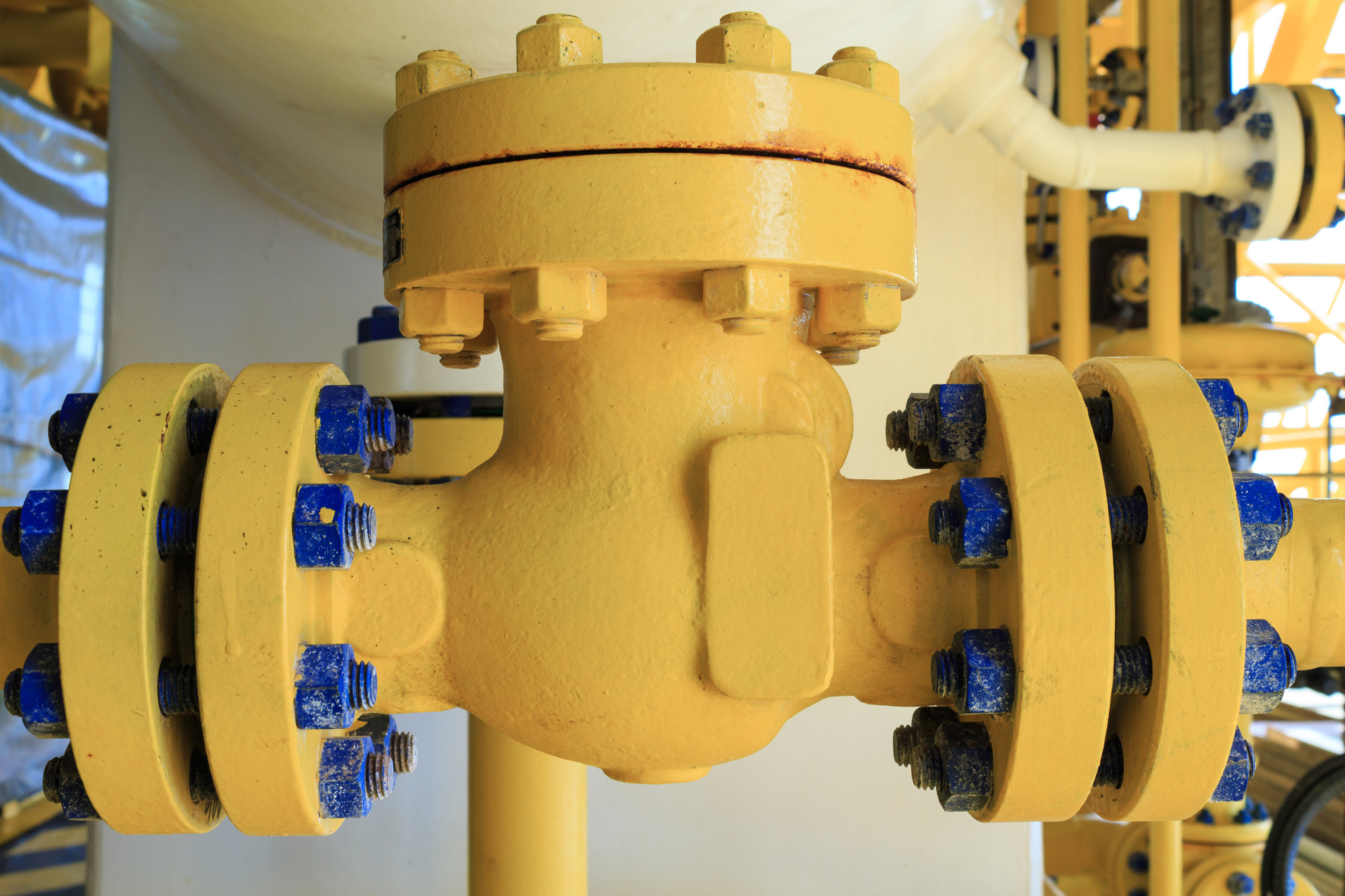When it comes to automation processes, few tools are as essential as flow control valves. They regulate flow, measure flow, and can be found in industrial applications all over the world.
Flow control valves are used in a lot of different and practical ways. They have applications in various industries, from steel and food to pharmaceuticals and mining.
In this article, we’ll answer these questions and explore (in depth) the uses of flow control valves.
What Are Flow Control Valves?
Flow control valves are one of the three main types of valves used in fluid handling systems. Like all valves, flow control valves regulate fluid flow by opening, closing, or partially obstructing a passageway.
Flow control valves maintain a constant flow rate or pressure in a system. This is regardless of fluctuations in upstream or downstream conditions. A modulating control valve creates a flow control system of fluid through the valve in response to changes in system conditions.
Where Is It Used?
Valves are commonly used in plumbing and piping applications but can also be found in other devices such as cars and engines. Valves control water flow in a plumbing system, the flow of air in an engine, and the coolant flow and oil flow in a car.
Valves are essential to many devices and systems, and understanding how they work can help diagnose and repair problems.
Parts of a Flow Control Valve
The key components of a flow control valve are the body, seat, seal, disk, and actuator. The body of the valve is the housing that encloses the other components. The seat is the part of the valve that controls the liquid or gas flow. This is usually made from a soft material such as rubber.
The seal is located between the body and the seat. This helps create a tight seal to prevent leaks. The disk is a movable piece that opens and closes the valve. The actuator is the device that actuates the disk and is either manual or automatic.
The valve’s body is typically made from metal or plastic and houses the seat and seal.
Different Types
There are two primary types of flow control valves: throttle valves and non-throttle valves. Throttle valves, such as globe valves, use a mechanism to restrict flow physically. Non-throttle valves, such as ball valves, use a mechanism to stop and start flow completely.
Each type has its own advantages and disadvantages that must be considered when selecting the appropriate valve for a particular application.
Throttle valves are well suited for regulating flow in response to changes in system demand. They are typically used in systems where a constant flow rate is not required, such as HVAC systems. Non-throttle valves, on the other hand, are often used in systems where a constant flow rate is required, such as in water treatment systems.
Understanding Is the Key
Flow control valves regulate the flow of fluids in a piping system. Many different kinds of flow control valves exist, each with its own set of pros and cons.
Selecting a suitable valve for a particular application is critical to the success of the piping system. Remember everything we’ve discussed so you can choose wisely, and then go out and pick what’s best for you.
For more tips like this, be sure to check out our blog today.

